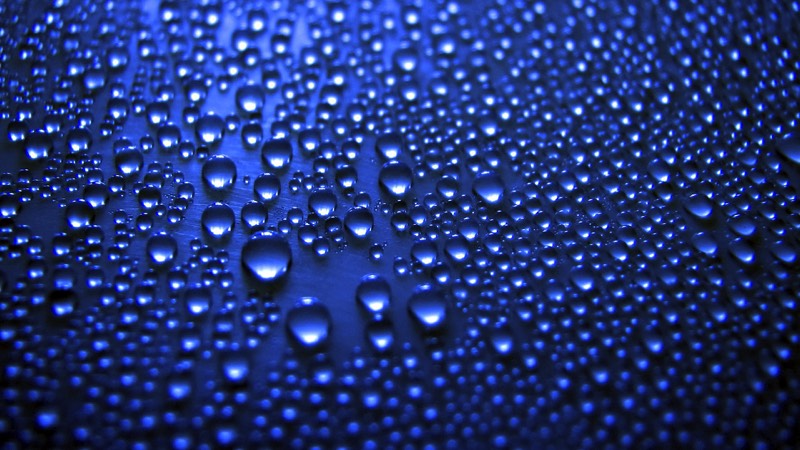How Much Does It Cost To Cure Condensation?

Cost To Cure Condensation
Job | Description | Cost |
| 1 | You need to open a bathroom win... hang on, you can probably do that yourself can’t you? | £0 |
| 2 | Fitting an extractor fan covered in its own article. | £?? |
| 3 | Ventilating the loft covered in its own article. | £?? |
| 4 | Adding a radiator or adding a towel rail are also covered in separate articles. | £?? |
| 5 | Mould and water stain removal is covered in its own article. | £?? |
Information Sheet on the Cost of Curing Condensation
Congratulations, you’re a very lucky bunny, you are the proud possessor of the easiest type of damp to get rid of.
If there’s water vapour in the air (and there usually is, even though we can’t see it) it will condense on any surface which is colder than itself. If you’re not a scientist, then, when vapour condenses, it turns back to water again, then proceeds to soak into something which we’d rather remained dry.
Single glazing attracts condensation because it is in contact with the outside air, which is usually colder than the household air.
Double glazing doesn’t attract condensation because the internal sheet of glass is the same temperature as the household air. Whoopee!
It’s all over the place!
Condensation is more prevalent in bathrooms and kitchens for obvious reasons. If left to its own devices, the constant condensation will cause a permanently damp surface such as a bathroom ceiling, which will slowly become mouldy.
On occasions condensation can occur on a concrete screed under wooden laminate floor coverings. This is only discovered when the floor is taken up of course. The concrete is cold, the house isn’t, there is air between the floor and the concrete and hey presto! In these cases the layer of foam that should have gone down under the floor wasn’t fitted.
Condensation can also occur in lofts. If there’s no ventilation in the loft, all the warm air will seep up from the house. Consequently, it will condense on the timberwork and felt. True, it looks all lovely and sparkly, but it’s a bad thing!
Two simple processes will remove condensation problems. Either warm up the surface so the vapour won’t condense, (heat the room, or if heated, heat it more) and/or, introduce a bit of air flow, (open a window or fit an extractor fan, preferably a humidifan).
FAQs 'traffic light' guide
-
What's easy about this job…
Open or CloseCrack a window open…
-
What's tricky about this job…
Open or CloseGetting the kids to open a window when they are showering - in fact just getting the kids to shower!
-
Potential problems with regards to this job…
Open or CloseCost of installing a humidifan can mount up due to getting power to the location and making good.
www.buildingsheriff.com
Copyright The Building Sheriff Ltd 2017